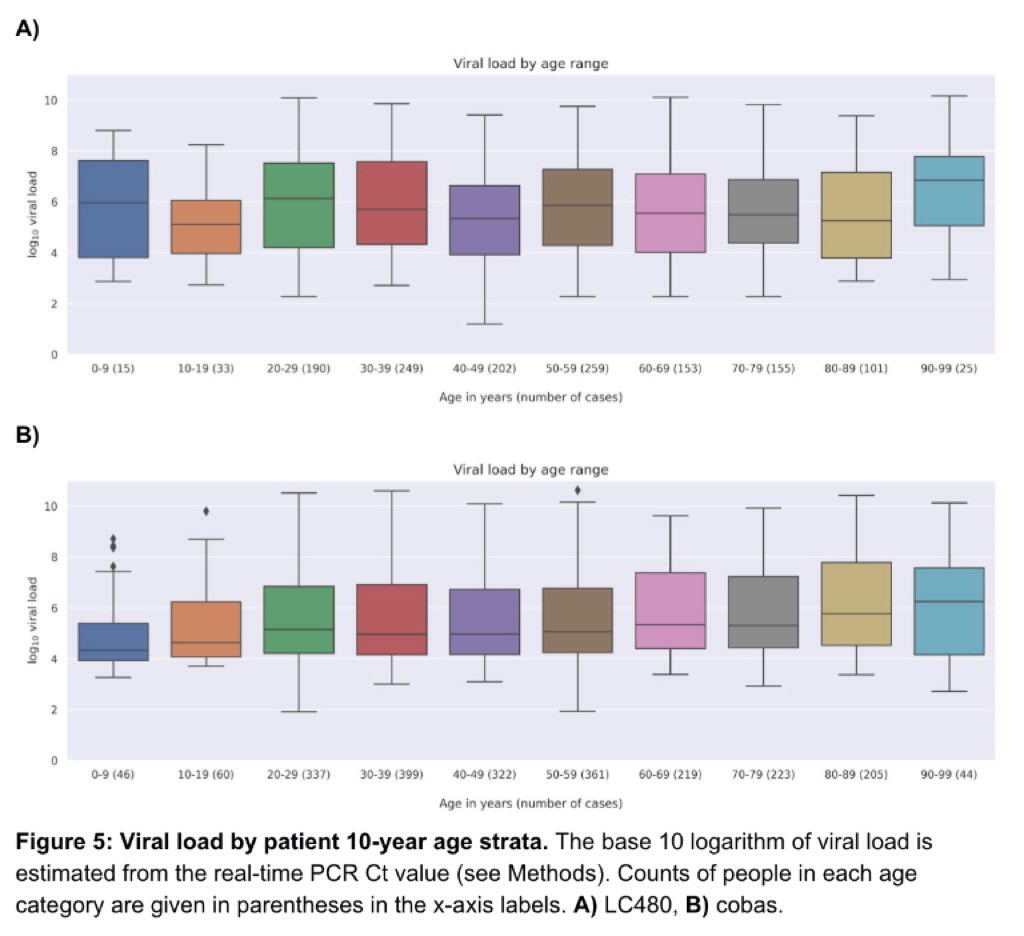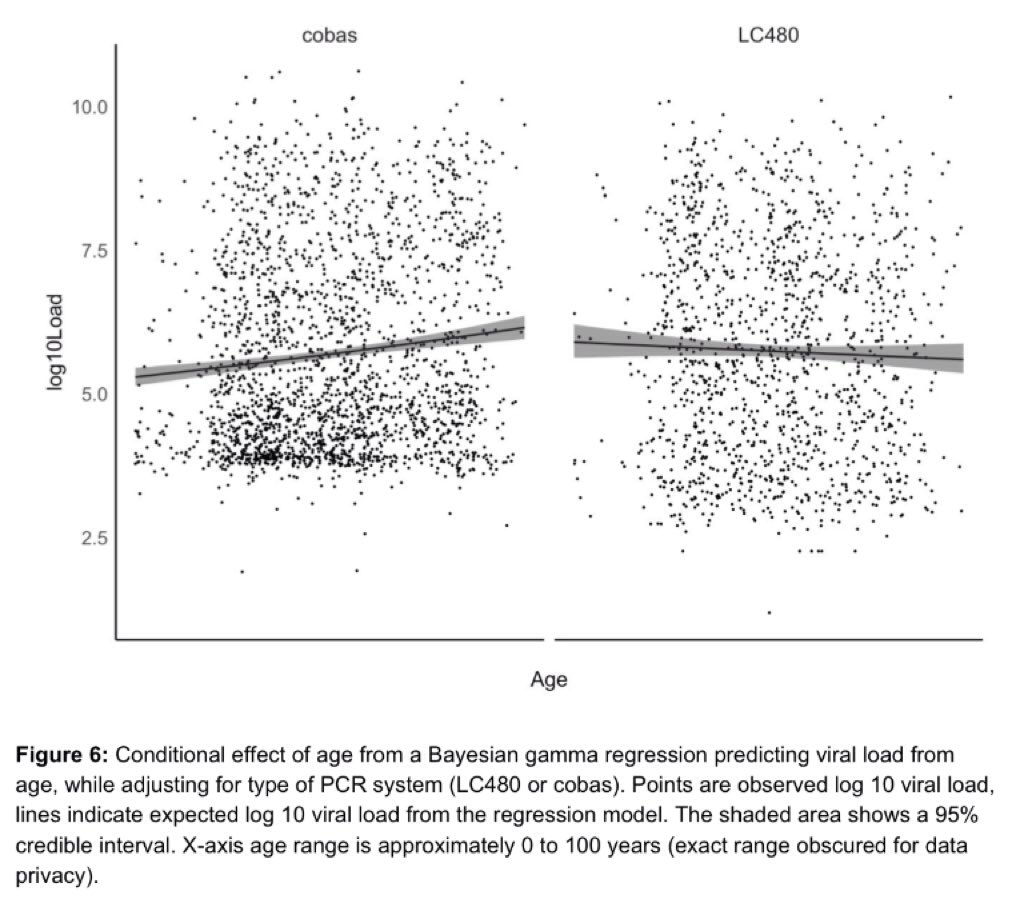Summary: both child-to-child and child-to-adult transmission has occurred; cases in children are being missed.
#edutwitter #Schulen #Kinder #kinderen
Another is that children had fewer (or no) symptoms and weren’t tested, or the tests were false negatives.
nejm.org/doi/full/10.10…
We need to build testing and contact tracing infrastructure to prevent transmission, and we should make schools safer for children and teachers.
We could take tips from South Korea:
washingtonpost.com/education/2020…





